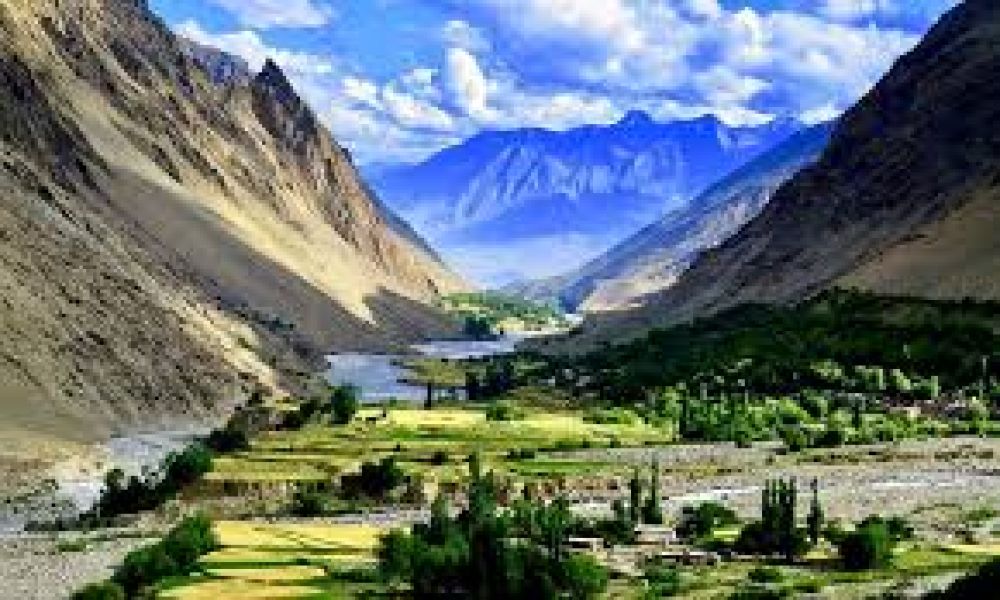

Nestled in the lap of the Karakoram mountain range, the Hushe Valley marks the extreme edge of the Ghanche District of Gilgit-Baltistan. Its history of tourism traces back to the early expeditions of mountaineers, drawn to the lofty summits of Masherbrum and the surrounding giants that define its rugged skyline.
Expeditions became pivotal in introducing the valley to the world, particularly the successful ascent of Masherbrum (also known as K1) in 1960. This laid the groundwork for adventure tourism and piqued the interest of trekkers, climbers, and nature enthusiasts. Initially, the expeditions were sparse and facilitated by the local populace who served as guides and porters.
With the advent of improved infrastructure and increased global interest in high-altitude trekking, the 1990s and early 2000s saw a significant upsurge in visitors. This les to a symbiotic development of both facilities for tourists and economic opportunities for the locals.
Today, the Hushe Valley stands out as a premier trekking destination. It's a gateway to some of the world's most challenging peaks and several breathtaking glaciers, delivering a pure and unspoiled mountain experience unlike any other.
The latest trends highlight sustainable tourism practices and community involvement in tourism. Visitors are encouraged to be environmentally responsible and endeavors are made to ensure a minimal footprint. Homestays and local guide hiring have become a popular means for tourists to immerminate themselves in the local culture while also benefiting the community.
In recent years, photography tours have gained significant attention, capitalizing on the valley’s spectacular landscape which provides unprecedented opportunities for capturing nature's majesty.
Moreover, because of the challenging routes and peaks available, high-altitude adventure tourism has seen a rise. This includes trekking, camping, and mountaineering activities that attract extreme sports enthusiasts from around the globe.
While tourism has brought several opportunities to the Hushe Valley, there are challenges, such as ensuring sustainable growth and managing the environmental impact. Policies and measures are progressively being introduced to preserve the area's pristine condition.
Looking forward, the aspirations for the Hushe Valley tourism focus on adding value through quality rather than quantity. This involves improving services, facilities, and ensuring that the growth of tourism is equitable and beneficial to the local communities while preserving the natural and cultural heritage of this extraordinary region.
With its untouched landscapes and the warm hospitality of its people, Hushe Valley continues to carve out a space for itself on the world tourism map, promising visitors an experience that is both exhilarating and humbling.